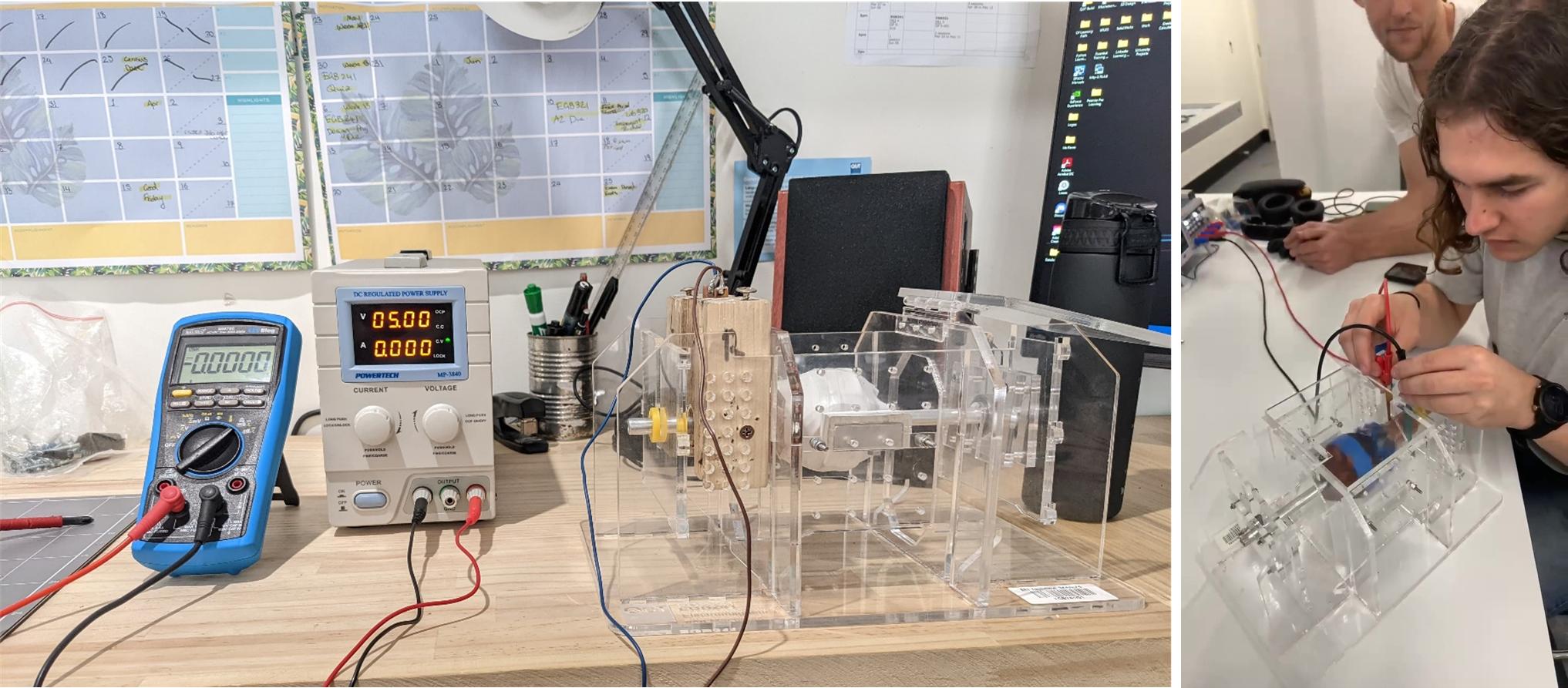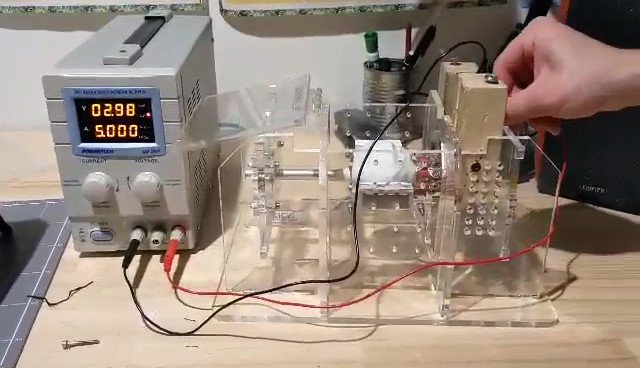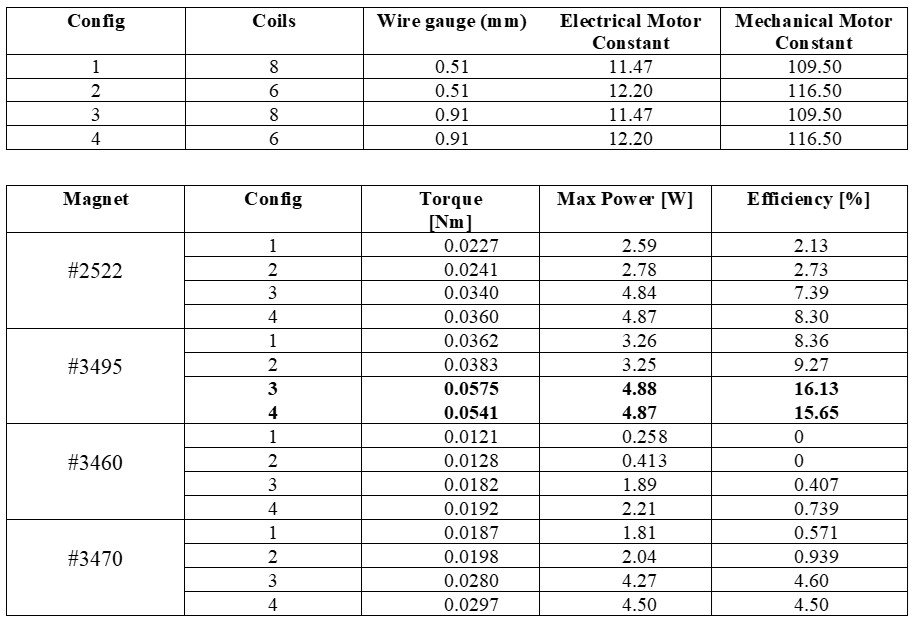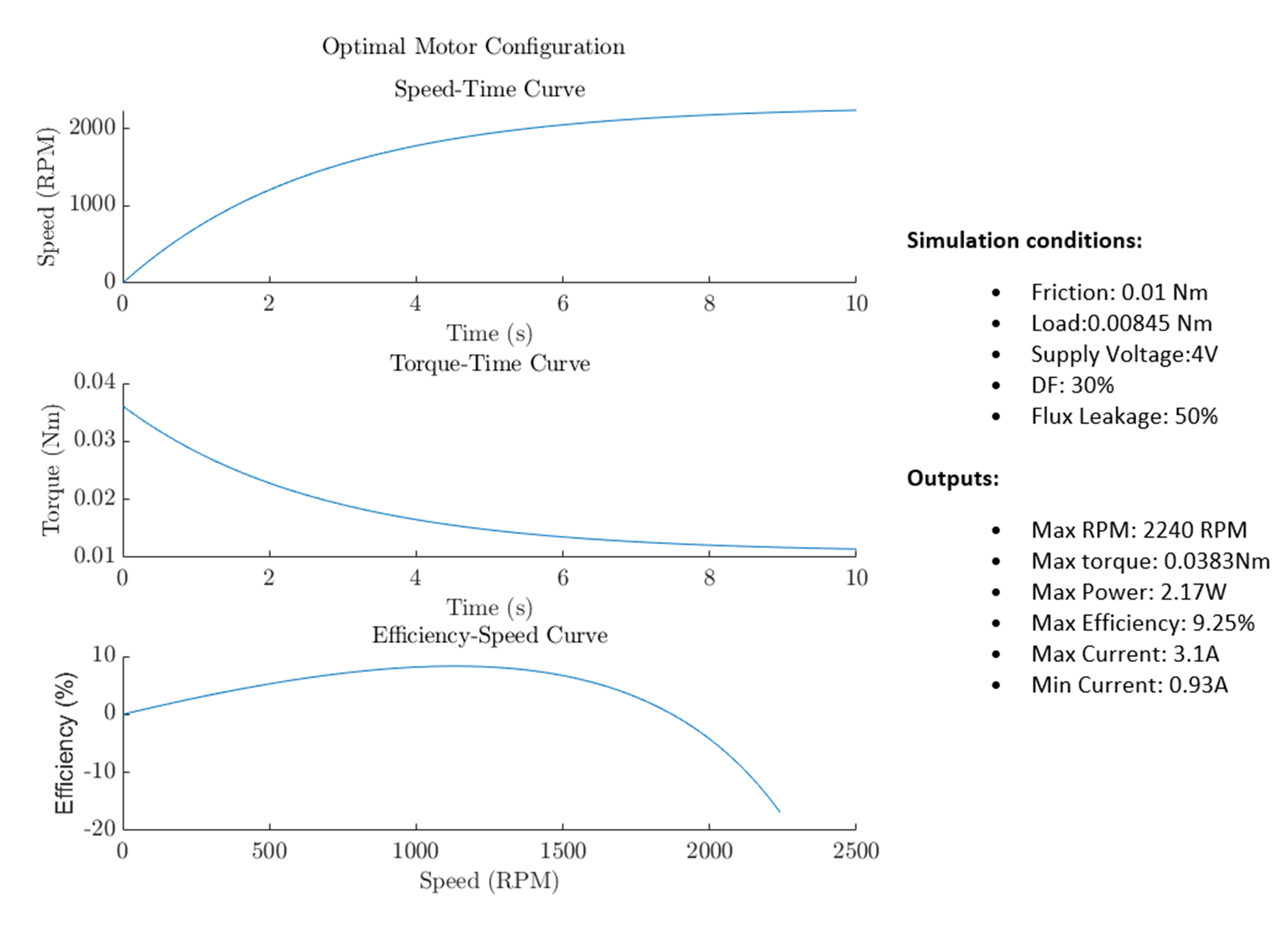Electric Motor Build
The purpose of this project was to design and build a permanent-magnet direct-current (PMDC) motor, with limitations set to guide the design and ensure safety during testing. This overview was split into three main parts, the research and design phase, the construction and testing phase, and the review phase. The project was a long one, and to aid in shortening it, I made a project gallery at the end, showcasing research results, various design iterations, and pictures of the final build.
This is a project overview. If you’d like to know more about this project, you may reach out on the contact page.
Research and Design phase
The research and design phase explored varying motor parameters and characteristics, with the focus to increase overall motor efficiency. An excel spreadsheet was developed using principles of electromagnetic theory to aid in automating the analysis process. This sheet’s main purpose was to determine output characteristics, although had limited functionality in comparing different configurations. For this, a MATLAB script was created. The script was also used to simulate the motor’s output, allowing further understanding the motor’s theoretical characteristics.
It was found that the #3495 magnet, 0.91mm guage copper wire, and 8 coil configuration would provide the greatest output torque and efficiency.
Construction and Testing:
During construction and testing, many design iterations were explored, with 3D printed models used for prototypes and adventures of using various winding variations, commutator, and brush holder designs.
Although, failure diagnosis and quality control quickly became an important process for the project with issues of continuity, excessive current draw, and shorting. However, with careful construction and improved designs, the final build proved to be durable and reliable. Design improvements and optimisations were still achieved within the commutator and brush holder designs, which allowed for improved contact angles and connections.
Review
To further improve the design, the incorporation of a back iron and pole pieces would have allowed for improved directing and encapsulation of the magnetic field. Although, due to time-constraints and issues with sourcing well suited materials, these were omitted from the final design. Further, multiple designs for the brush holders were also considered and tested. Although, in the end, it was more important to just use a design that worked. The final brush holder design was spring loaded, however, further exploration of designs with improved variability could have improved results.
The final design was an efficient self-starting product. At half speed (1000rpm), a 10mN/m torque output was recorded, achieving 2000rpm, operating at 27.29% efficiency.















I’d like to thank the other members who were part of this project. Many hours went into making this big guy run, with some late nights and close calls on deadlines.
Thank you Patrick, Mary, Jasper, and Jack.

